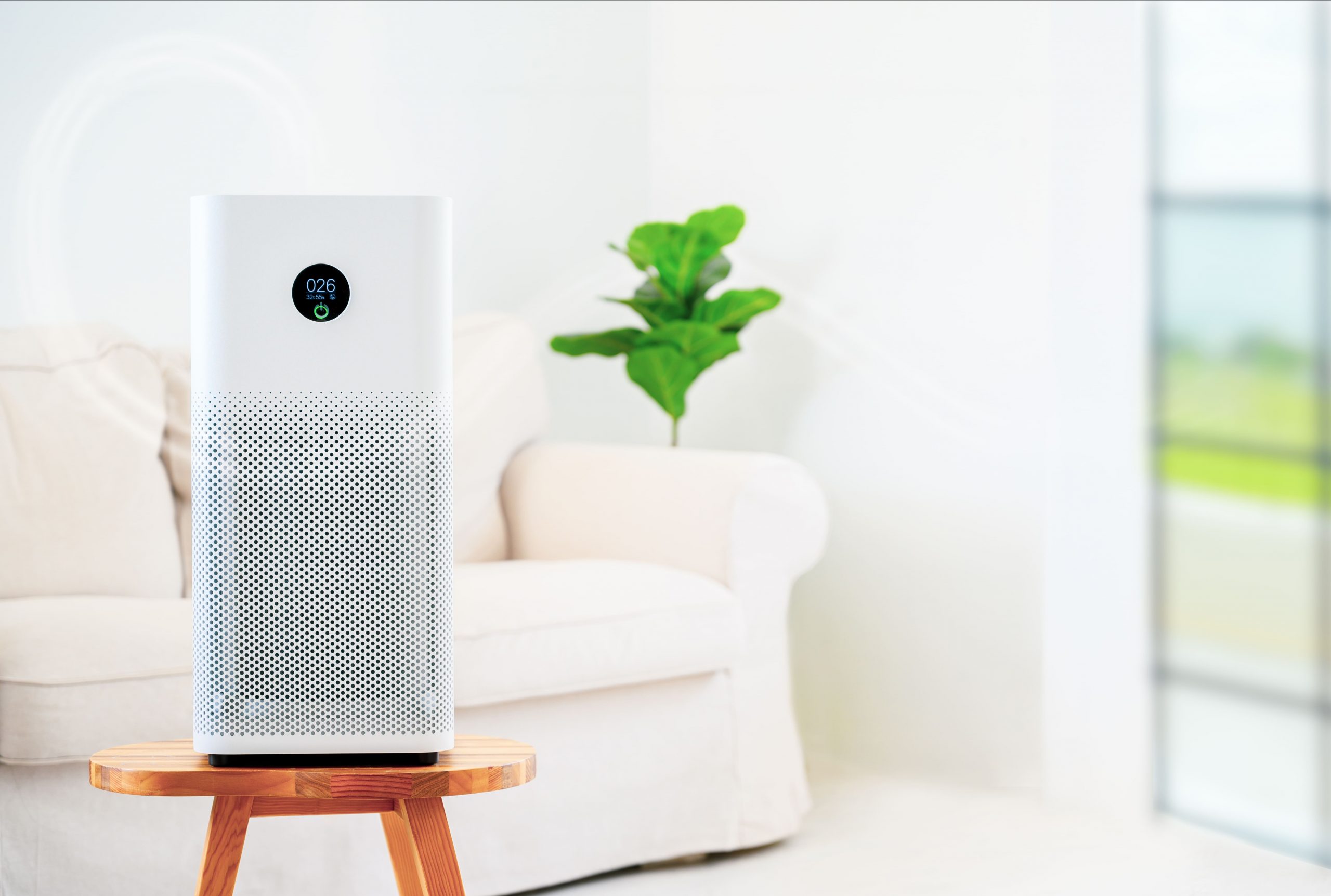Table of Contents

Mold can be a persistent and challenging problem in many homes, often leading to health issues and structural damage if not addressed promptly. For homeowners looking to tackle mold issues themselves, DIY mold removal can be an effective solution. But can an air purifier really help in this process? In this comprehensive guide, we will explore the role of air purifiers in DIY mold removal projects and provide tips for effectively using them in conjunction with other mold remediation methods.
Understanding DIY Mold Removal
DIY mold removal involves taking proactive steps to identify, clean, and prevent mold growth in your home without professional assistance. It typically includes:
- Identifying Mold: Spotting visible mold on surfaces like walls, ceilings, and floors.
- Cleaning Mold: Using household cleaners, such as bleach or vinegar, to scrub away mold.
- Preventing Mold: Taking measures to reduce humidity and improve ventilation to prevent future mold growth.
While DIY mold removal can be effective for small mold infestations, larger or more severe cases may require professional intervention. An air purifier can be a valuable tool in your DIY mold removal toolkit, but it’s essential to understand its role and limitations.
The Role of Air Purifiers in DIY Mold Removal
Air purifiers are designed to improve indoor air quality by removing contaminants, including mold spores, from the air. Here’s how an air purifier can help in DIY mold removal:
1. Capturing Mold Spores
Mold releases tiny spores into the air, which can spread and lead to new mold growth in other areas of your home. Air purifiers equipped with HEPA (High-Efficiency Particulate Air) filters can capture these spores, reducing their presence in the air and minimizing the risk of further contamination.
2. Improving Air Quality
Mold spores can contribute to poor indoor air quality, leading to respiratory issues, allergies, and other health problems. By removing mold spores from the air, an air purifier can help improve air quality, making your home healthier and more comfortable.
3. Supporting Other Remediation Methods
While an air purifier can capture airborne mold spores, it is not a standalone solution for DIY mold removal. It should be used in conjunction with other mold remediation methods, such as cleaning and moisture control, to effectively address mold issues.
Tips for Using an Air Purifier in DIY Mold Removal
To maximize the effectiveness of an air purifier in your DIY mold removal efforts, consider the following tips:

1. Choose the Right Air Purifier
Not all air purifiers are created equal. When selecting an air purifier for mold removal, look for models with HEPA filters, which are capable of capturing particles as small as 0.3 microns, including mold spores. Additionally, consider air purifiers with activated carbon filters, which can help remove odors associated with mold.
2. Proper Placement
Place the air purifier in the area where mold is present or where mold remediation is taking place. Ensure that the air purifier is positioned to maximize air circulation and effectively capture airborne mold spores.
3. Regular Maintenance
Regularly clean and replace the filters in your air purifier to maintain its efficiency. A clogged or dirty filter can reduce the air purifier’s effectiveness and may even release captured mold spores back into the air.
4. Use in Conjunction with Other Methods
An air purifier should be part of a comprehensive DIY mold removal strategy. In addition to using an air purifier, take steps to clean visible mold, reduce humidity levels, and improve ventilation in your home. Use dehumidifiers, fix leaks, and ensure proper airflow to prevent mold from returning.
5. Monitor Air Quality
Use an indoor air quality monitor to track the levels of mold spores and other contaminants in your home. This can help you gauge the effectiveness of your air purifier and other mold remediation efforts.
Conclusion
DIY mold removal can be a practical and cost-effective solution for addressing mold issues in your home. While an air purifier can play a valuable role in capturing mold spores and improving air quality, it should be used in conjunction with other mold remediation methods for the best results. By choosing the right air purifier, placing it correctly, and maintaining it regularly, you can enhance your DIY mold removal efforts and create a healthier living environment.
Remember, for severe or persistent mold problems, it’s always best to consult with a professional mold remediation service, we are a professional and certified mold removal and remediation specialist. Kindly call us on +1 305 894-4343. We are available 24/7.
Q1: Can an air purifier remove mold from surfaces?
A1: No, an air purifier cannot remove mold from surfaces. It can help reduce airborne mold spores, but mold on surfaces must be physically cleaned and removed.
Q2: What type of air purifier is most effective for mold?
A2: HEPA air purifiers are most effective for capturing mold spores from the air. Look for models with a HEPA filter and possibly an additional activated carbon filter for better results.
Q3: Can an air purifier prevent mold from growing in my home?
A3: While an air purifier can reduce the number of airborne spores, it cannot prevent mold growth. Controlling humidity and fixing water leaks are crucial steps to preventing mold.
Q4: How often should I run an air purifier to combat mold spores?
A4: For the best results, run the air purifier continuously, especially in areas prone to moisture or where mold has been detected.



 PuroClean of Coral Gables
PuroClean of Coral Gables